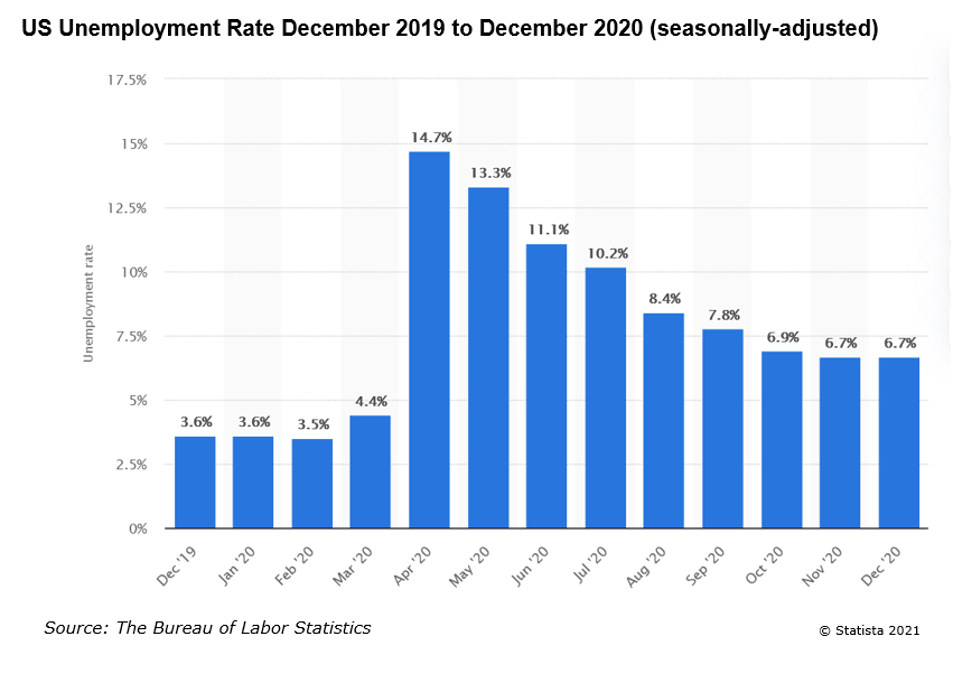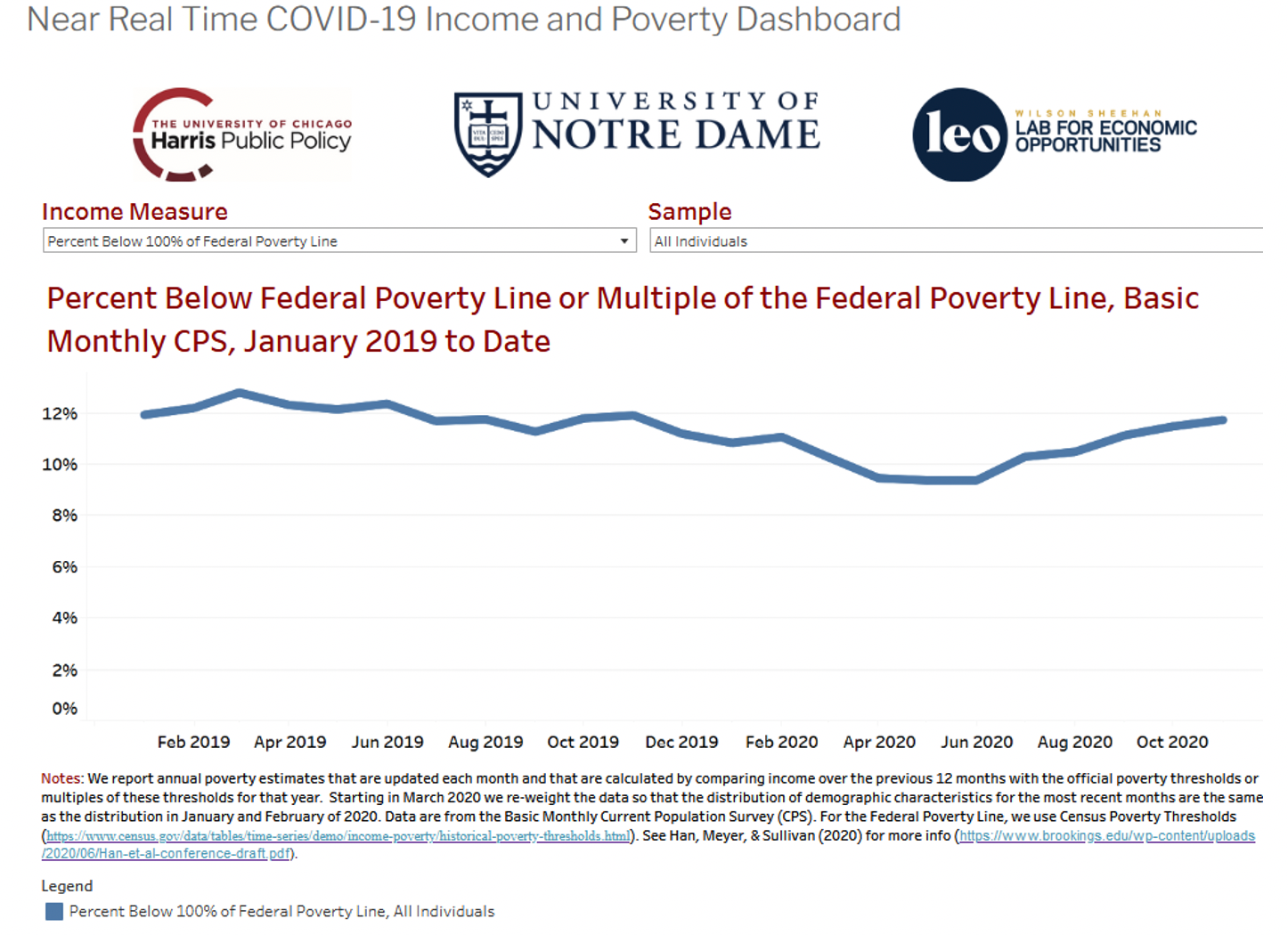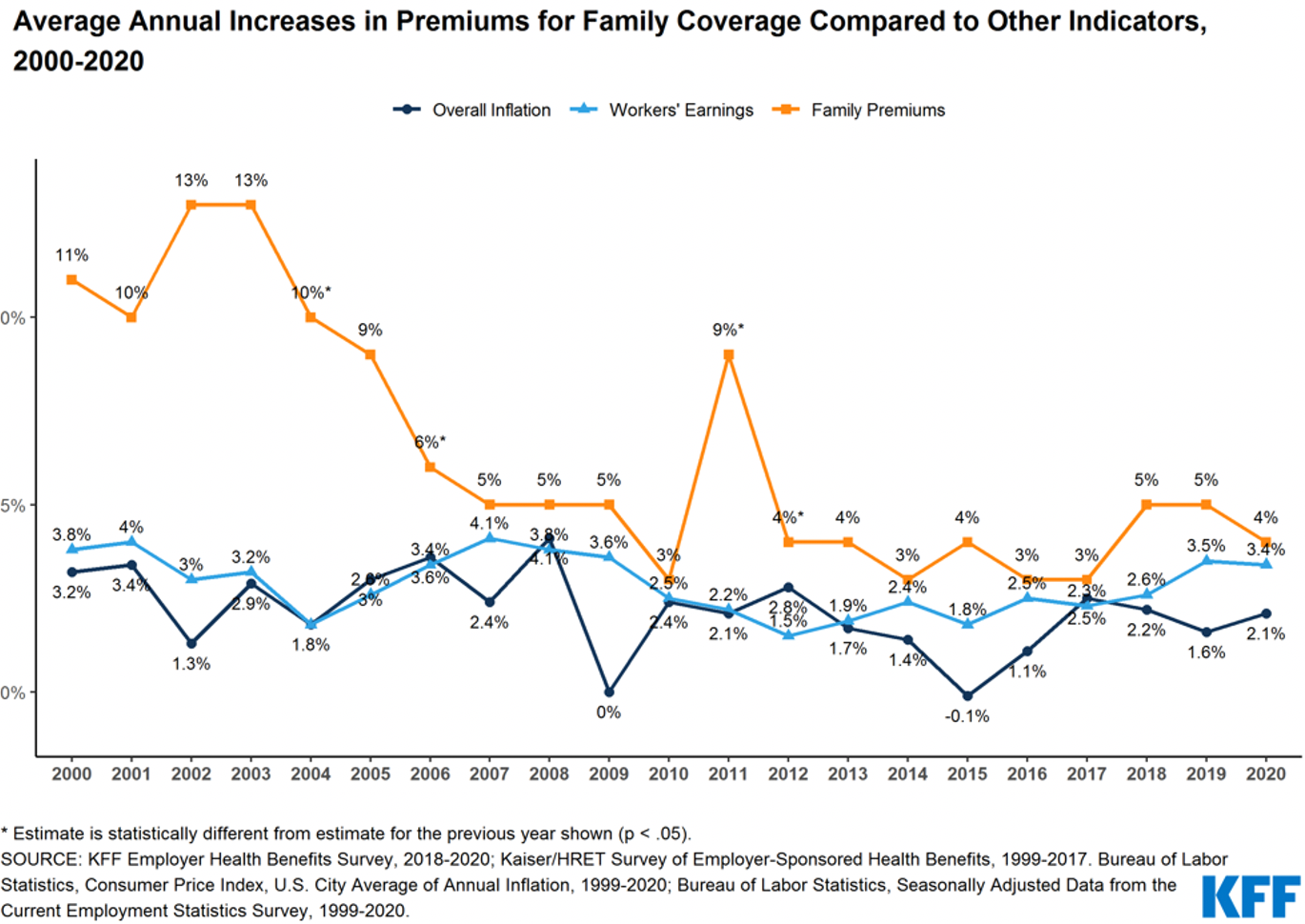Drug Manufacturers Take A Fresh Look as PAPs Continue to Hold Spotlight
Patient Assistance Programs (PAPs) came out of the shadows in 2020 as several factors aligned that increased demand and awareness of these programs.
Hands down, the coronavirus pandemic proved to be the most significant factor impacting patient assistance program (PAP) utilization in 2020. The sudden drop—and continued lag—in US economic activity produced massive job losses, loss of health insurance coverage and closed healthcare practices to non-essential care.
Considering this chaos, the pharmaceutical industry was quick to shift and to prioritize resources toward expanding PAPs and making them more accessible. These programs have played an essential role in easing the burdens of patients unable to afford drug treatment including those most greatly impacted by the pandemic.
Now as COVID-19 vaccinations begin to proliferate and as more people return to work (and presumably their employer-sponsored health insurance), the industry may assume that the reliance on PAPs will ease. Not so fast.
While the pandemic is temporary, higher than average unemployment, increasing deductibles and a growing public awareness of the existence of PAPs are converging to keep these critical programs in the spotlight for the foreseeable future.
Economic shocks bring expected outcomes
When the pandemic hit, a robust US economy came to a screeching halt and millions lost their jobs. The Bureau of Labor Statistics reported an unemployment rate of 6.7 percent for December 2020.* The relatively high unemployment rate (approximately 3.2 percent higher now than in February 2020) and the substantial loss of income is bringing the predictable consequence of rising poverty.
Click to enlarge

According to researchers from the University of Chicago and University of Notre Dame, the poverty rate jumped to 11.7 percent in November, up from 9.3 percent in June 2020. About 7.8 million Americans fell below the poverty line in that same time span (an income of $26,200 for a family of four).
Click to enlarge

The persistent loss of income has forced many to seek out government-funded programs such as Medicaid, the Children’s Health Insurance Program (CHIP), or coverage via the Affordable Care Act (ACA) Marketplace. The situation is considerably worse for those seeking coverage in the 15 states that did not expand Medicaid under the ACA.
The Urban Institute estimates that 40 percent of people who lost employer-sponsored insurance in non-expansion states, including large states like Florida and Texas, will remain uninsured. Even as individuals return to the workforce, an estimated additional 18 percent will remain uninsured as they become discouraged and leave the labor market entirely.
A Kaiser Family Foundation analysis found that 49 percent of the US population obtained health insurance through their employer in 2019. Premiums, high deductibles and out-of-pocket spending have all followed an upward trend and have consistently increased faster than a worker’s wages.
Click to enlarge

An unlikely counterbalance to this increased demand for PAPs was the reduction in patient visits due to restricted healthcare practice office hours. While the result of closures were fewer new diagnoses, and correspondingly fewer new treatments, some PAPs tripled the volume of patients that they treated in 2020.
PAPs come out of the shadows
Pharmaceutical manufacturers replied to the crisis by making PAP services more visible within their product websites and modified PAP business rules and eligibility criteria to make free drugs more accessible. Patient assistance programs now frequently extend to situations where patients’ health plans have denied coverage for their drug treatment, or where the patients’ out-of-pocket costs were so high as to render the drug unaffordable. Some PAPs may provide temporary bridge drug therapy while these more complex eligibility criteria are pending validation.
In short, expanding access means that PAP rules are sometimes such that eligibility determination requires similar payer coverage investigations and payer outreach as HUB reimbursement programs.
The increasing complexity and elevated program delivery requirements for PAPs have amplified the need for enhanced digital capabilities, workforce intelligence and state-of-the-art technology platforms to improve operational efficiency. The shift has also cemented the requirement for broad-based payer and credit agency connections to aid in stretching funding to more patients.
Technology, automation and partnerships ease strain
Despite recent strains on the system, the growing utilization of PAPs presents our industry with a unique opportunity to accelerate digital transformation. A strategic roadmap should include:
- Automation to streamline processes, workflows and forge better connections with for agents and healthcare providers.
- Mobile apps that are synchronized with third-party data providers, payers and credit bureaus to improve patient engagement (self-service) and to augment the workforce (freed up to perform higher-value tasks).
- Cloud-based apps for better connection and collaboration with patients, payers and credit agencies to speed up verification and time to therapy.
In addition to improved efficiency and effectiveness, an added benefit of digital transformation is the more purposeful use of data insights. Actionable data makes re-verification and open enrollment easier to accomplish thus preserving the long-term fidelity of the program.
No better time than now
For all the good that PAPs provide, flexibility and accessibility come at a cost. The circumstances of 2020 that thrust PAPs into the spotlight (unemployment, increased poverty, and a drop in health insurance coverage) show no signs of abating.
As available resources are stretched ever thinner, now is the right time to leverage advanced digital capabilities, automation, and analytics to generate improved operational efficiency to fund these vital initiatives.
Pharmaceutical manufacturers, following a year like no other, must take a fresh look at their PAPs with an eye toward striking a balance between providing much-needed patient support and achieving overall brand access goals.
*Some economists assert that the BLS has understated the full extent of job loss because the agency does not account for furloughs, reduced hours, lost wages or the self-employed.
Thomas “T.J.” Dmochowski, Vice President and General Manager of Pharma & Life Sciences for Conduent, Inc.